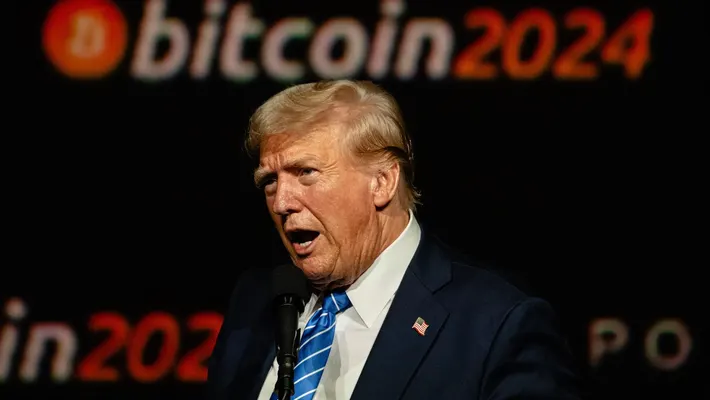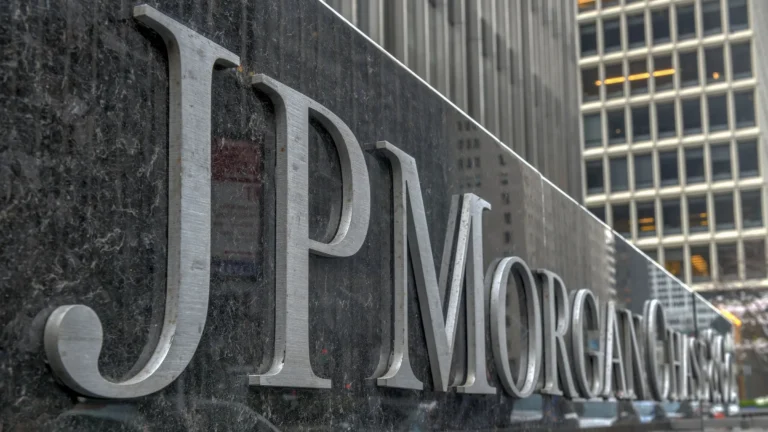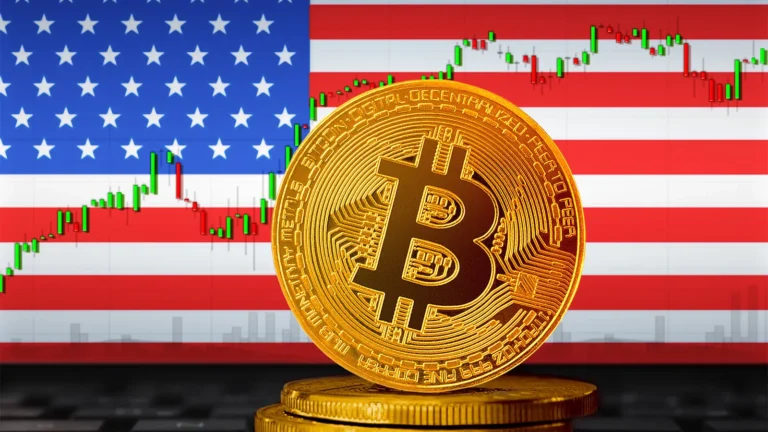The Big Surprise:
When President Donald Trump announced a U.S. “crypto strategic reserve,” many were shocked to see cryptocurrencies like XRP, ADA, and SOL included alongside Bitcoin (BTC) and Ethereum (ETH). The move was bold, but it raised serious questions about whether these lesser-known coins really belong in such an important reserve. For crypto fans, this is more than just a political decision—it’s about the future of digital currencies.
Why This Matters:
In the crypto world, Bitcoin and Ethereum are often seen as the gold standard. These two coins are decentralized, meaning they aren’t controlled by any single company or government. That makes them trustworthy and more likely to hold value long-term. But including coins like XRP (Ripple), ADA (Cardano), and SOL (Solana), which have been criticized for being more centralized, seems like a huge leap. Some believe it could undermine Bitcoin’s legitimacy and confuse the market.
What Critics Are Saying:
Industry experts quickly pointed out some serious flaws in Trump’s decision:
- Centralization Concerns: Coins like XRP and ADA are often described as “ghost chains” or tech companies with a crypto aspect. These projects are more centralized, meaning a few people or companies control much of the coin’s supply and decision-making. In contrast, Bitcoin and Ethereum have strong, decentralized communities.
- Lack of Real Use: XRP and ADA don’t have as much going for them in terms of real-world use cases. For instance, XRP’s total value locked in its ecosystem is far smaller than Ethereum’s or Solana’s. Some argue these coins don’t deserve a place in the U.S. crypto reserve because they lack the developer activity or innovation seen in ETH and BTC.
What’s at Stake:
The big question is: Why include these altcoins in the reserve at all? Some believe it’s politically motivated. Trump’s administration may want to support American-born tokens like XRP and ADA to push an “America-first” agenda. But is that really what’s best for the future of digital assets?
Experts like Hunter Horsely, CEO of Bitwise, argue that Bitcoin should be the only crypto in a U.S. strategic reserve. Bitcoin is the most decentralized and stable, and it is already considered the “digital gold” of the crypto world. Including anything else just muddies the waters and could hurt Bitcoin’s reputation.
Is Trump Playing Favorites?
Many feel the decision is part of a larger political strategy. Some critics suggest that Trump is “pumping his own bags” (supporting coins that benefit him and his political allies). This could be seen as a way to boost his political standing, especially since these altcoins are based in the U.S.
The Bigger Picture:
This debate highlights a key issue: What role should governments play in the crypto market? Should they be choosing winners and losers, or should they allow the market to decide? Some believe that the government’s interference is dangerous because it could skew the market, potentially hurting investors and innovators in the long run.
Why You Should Care:
As someone who is actively following the crypto world, understanding these kinds of decisions is crucial. Political influence can drastically impact market movements. If governments start picking coins they think are “worthy” of being in a reserve, it could change how we view crypto as a whole. If Bitcoin is sidelined in favor of more centralized coins, it could reduce trust in the system.
What You Need to Remember:
- Decentralization is key to understanding which coins have long-term value. Bitcoin and Ethereum are decentralized; XRP, ADA, and SOL are not.
- Market impact: The government’s decisions can drive market shifts. Watch out for political moves that might create big price swings.
- Strategic reserves: If the U.S. government is involved in deciding which crypto assets are worthy of reserve status, it could signal deeper changes to how cryptos are treated in the future.
This isn’t just a political debate; it’s a shift that could have real consequences for how we think about cryptocurrency’s place in the global economy. Keep an eye on how things unfold—you could be witnessing the future of crypto policy being written right now.



